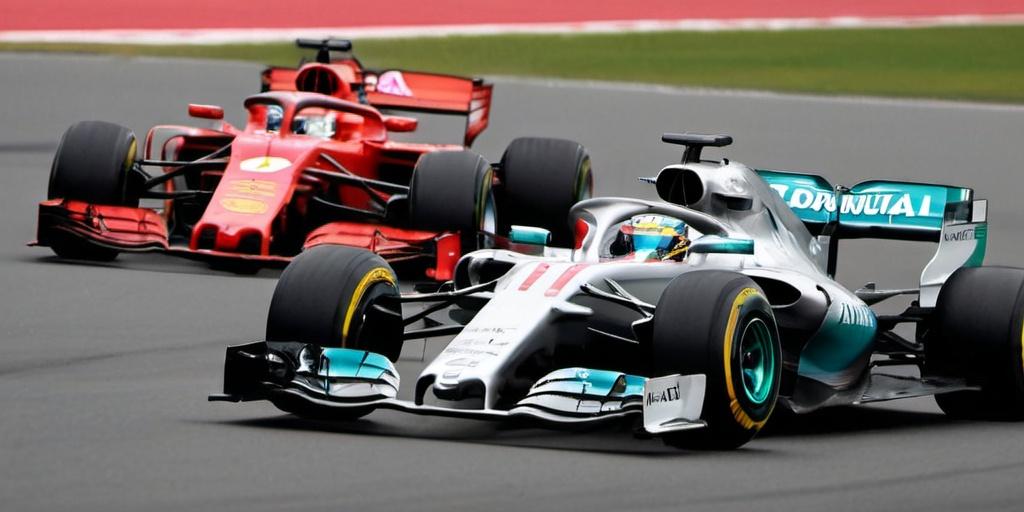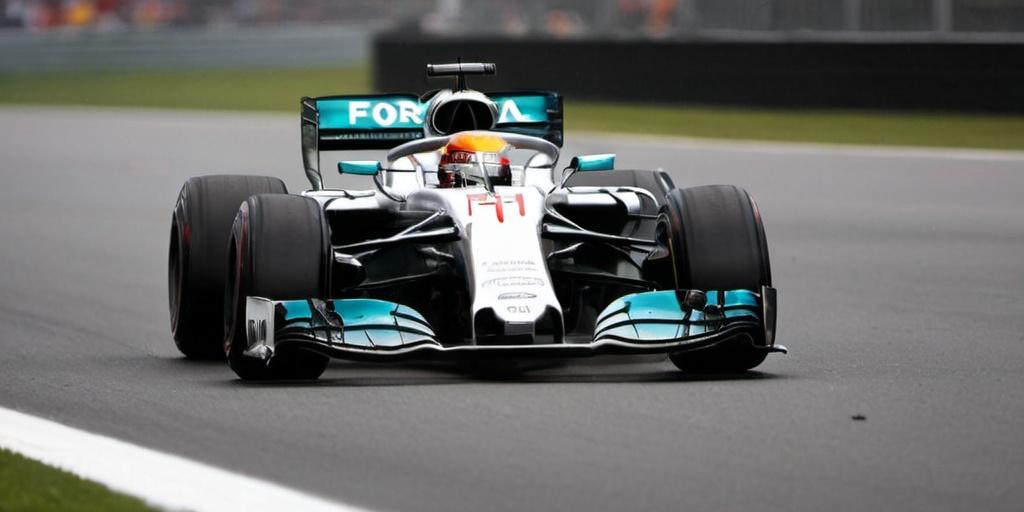The Formula 1 World Championship is the official competition series recognized by the Fédération Internationale de l’Automobile (FIA) to determine the top drivers and constructors in Formula 1. It has been held annually since 1950 and is considered the highest level of single-seater racing.
The championship consists of two separate but related titles: the Drivers’ Championship and the Constructors’ Championship. The driver who accumulates the most points over the course of the season is crowned World Champion. Similarly, teams accumulate points through both of their drivers’ results to determine the Constructors’ title.
Each season is composed of a calendar of Grands Prix held in various countries, on a mix of permanent circuits and temporary street tracks. Points are awarded based on finishing position in each race, and totals are updated after every round.
Points System
The current points system awards 25 points for a win, 18 for second place, and then 15, 12, 10, 8, 6, 4, 2, and 1 for the rest of the top ten. An additional point is awarded to the driver with the fastest lap, provided they finish in the top ten.
Both titles—the Drivers’ and Constructors’—use these totals to rank competitors. The team’s score is the sum of both drivers’ results. In the case of a tie, the title is awarded based on the number of wins, followed by second-place finishes, and so on.
This format encourages consistency as well as race victories. It allows for mathematical competition late into the season, even when one team or driver holds a large lead.
Historical Development
The World Championship began in 1950 with seven races. The first title was won by Giuseppe Farina, driving for Alfa Romeo. Juan Manuel Fangio followed with five titles in the 1950s, becoming the sport’s first dominant figure.
The championship gradually expanded to include more races and new venues outside Europe. By the 1970s, the series included races in South America, North America, and Asia. The number of races per season continued to increase, with recent years featuring over 20 Grands Prix across multiple continents.
The Constructors’ Championship was introduced in 1958, recognizing the teams behind the cars. It has since become a critical part of the competition, as it determines prize money distribution and technical influence within the sport.
Notable Champions
Several drivers have left a lasting mark on the championship. Michael Schumacher won seven Drivers’ titles between 1994 and 2004, five of them consecutively with Ferrari. Lewis Hamilton matched that total, winning six with Mercedes and one with McLaren.
Other multiple-time champions include Alain Prost (four), Sebastian Vettel (four), Ayrton Senna (three), Nelson Piquet (three), and Niki Lauda (three). Max Verstappen has recently joined the list of multiple-title winners, beginning a dominant run with Red Bull Racing in the early 2020s.
On the Constructors’ side, Ferrari leads all teams with 16 titles. Other successful teams include Williams, McLaren, Mercedes, and Red Bull. Periods of dominance often coincide with regulatory stability and technical superiority, as seen in Ferrari’s early 2000s run and Mercedes’ dominance during the turbo-hybrid era from 2014 to 2021.
Calendar and Race Weekend
Each season’s calendar is published by the FIA and includes a series of international races. The number of races has grown steadily, with newer venues joining traditional circuits. Each race weekend follows a standard structure: practice sessions, qualifying, and the Grand Prix itself.
Qualifying sets the starting order. The race then follows a set distance or a two-hour time limit, whichever comes first. Points from each race accumulate toward the championship standings.
Some race weekends include a sprint race—shorter races that determine the grid order for the main Grand Prix. These have been introduced to vary the format and increase competitive action on Saturdays.
Regulation Changes and Competitive Balance
To maintain competitive balance and limit costs, Formula 1 has introduced multiple regulation changes over the years. These include aerodynamic restrictions, engine format changes, cost caps, and standardization of certain parts.
The most significant recent change came in 2022, with the introduction of ground-effect aerodynamics to improve overtaking and reduce aerodynamic turbulence. A budget cap was also introduced to restrict team spending and encourage closer performance across the grid.
While these changes affect how cars are designed and how races unfold, the championship format has remained stable. Titles are still awarded based on point accumulation, and no adjustments are made post-season except in cases of confirmed rule violations.
Controversies and Decisions
Several championship outcomes have been subject to controversy. In 1989 and 1990, incidents between Senna and Prost affected title outcomes. In 1994, Schumacher’s collision with Damon Hill settled the championship under scrutiny. In 2021, the title-deciding race in Abu Dhabi featured a last-lap restart under disputed conditions, leading to changes in FIA race control procedures.
Despite these moments, the championship remains the central measure of performance in Formula 1. It shapes careers, secures legacies, and determines how teams and drivers are remembered.
Global Reach and Commercial Impact
The Formula 1 World Championship is broadcast in over 180 countries and draws millions of viewers each race. Prize money, sponsorship, and team value are directly tied to championship performance. Top teams receive larger revenue shares and have greater input into regulatory decisions.
The sport’s expansion into the United States, Middle East, and Southeast Asia has increased the commercial weight of each championship season. Races are now more than sporting events—they are business platforms, marketing opportunities, and data-driven operations for manufacturers and sponsors.
Legacy and Ongoing Competition
Winning the Formula 1 World Championship remains one of the most difficult and prestigious accomplishments in global sport. Success depends on driver skill, engineering quality, team strategy, and consistency across diverse tracks and conditions.
Each season writes a new chapter in a long and competitive history. Some drivers win multiple titles across several years. Others come close once and never return to contention. Teams rise and fall based on development cycles, staff turnover, and regulation alignment.
The championship is not static. It evolves with technology, politics, business interests, and sporting requirements. But at its core, it remains a year-long contest to determine who is the fastest, most consistent, and most effective at mastering the complexities of Formula 1.




